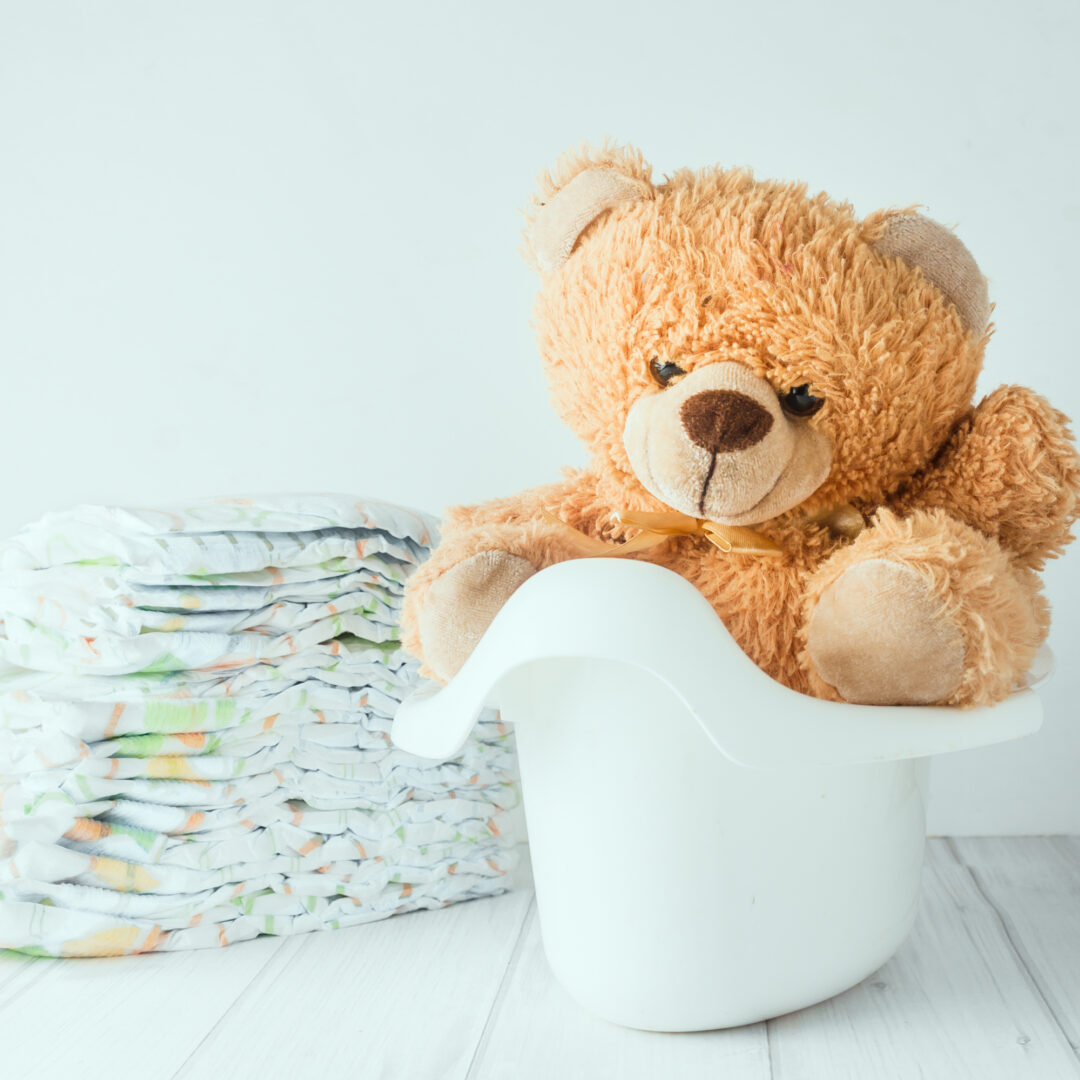The Montessori Approach to Potty Training
Is your child ready to get out of diapers? Using the toilet is an important life skill that reinforces your child’s independence and increases their confidence.
Most parents are surprised to find that successful potty training depends on physical, developmental, and behavioral milestones. There’s no rush to the process. Most children are ready for potty training between ages 18 to 24 months, but some might not be ready until they’re about three years old.
The Montessori approach to potty training is simple: It’s not about teaching a child to use the toilet; rather, it’s about supporting them when they’re ready. The Montessori approach recognizes that every child hits their development milestones at different stages.
Here’s how you can support your toddler through potty training – the Montessori way.
Assess Whether Your Child Is Ready
Learning to use the toilet is a natural, gradual process that develops at a child’s pace. The Montessori process recognizes a “sensitive period” when it comes to potty training. Typically between 12 to 24 months when you can begin potty training. However, that’s not to say that your child should be completely potty trained by that age. It just means that they’ll start to exhibit signs that they’re ready.
Some things to look out for include:
They want to flush the toilet
They’re interested in dressing and undressing themselves
They recognize when their diaper or training pants are wet and dry
They’re showing interest in sitting on the toilet or potty
They want to wash their hands or play with water
Sometimes a child doesn’t exhibit any of these signs until you draw their attention to potty training. So, it’s best to start the process before 18 months.
Supporting Them Through the Process
Set up the bathroom to give your child as much independence as possible. For one, equip them for toileting success by keeping the potty in one specific spot. This way, they’ll know where to find it whenever they need it.
It’s also a good idea to involve the child in the process, whether that’s pushing down their own trousers or putting any wet underpants away. The goal here is to give your child ownership of the process so as to increase their confidence. Plus, don’t over-congratulate. Too much praise increases stress to get it right each time.
Incorporate Toileting Into Their Routine
Find ways to incorporate potty training during your child’s routine. For instance, you can offer the potty when they first wake up, before a nap, or after playtime. Remember never to force a child to use the toilet or potty as this could erode their confidence. Change your phrasing from “Would you like to use the toilet?” to “It’s time to use the toilet.” Eventually, your child will begin to intuit when to use the potty.
On this note, don’t interrupt their activities just to have them sit on their potty. Introduce the idea between activities, so they don’t become resentful of the process.
When They Don’t Make It in Time…
Potty training is a stressful time for parents. The process is messy, and it won’t be successful 100 percent of the time. Remember, shame shouldn’t be part of the potty training game. Never scold. Instead, be reassuring and help them clean up. You can say, “Your pants look wet. Let’s go get some dry clothes.”
One more thing: certain factors, such as the birth of a new sibling or a particularly rough day at daycare, can cause a setback to toileting. The goal is not to make a big deal when they wet themselves.
Potty Training the Montessori Way
Like every other skill, potty training takes time. It’s best to take it slowly and at your child’s pace. As a parent, your job is to support them as they develop this skill.


